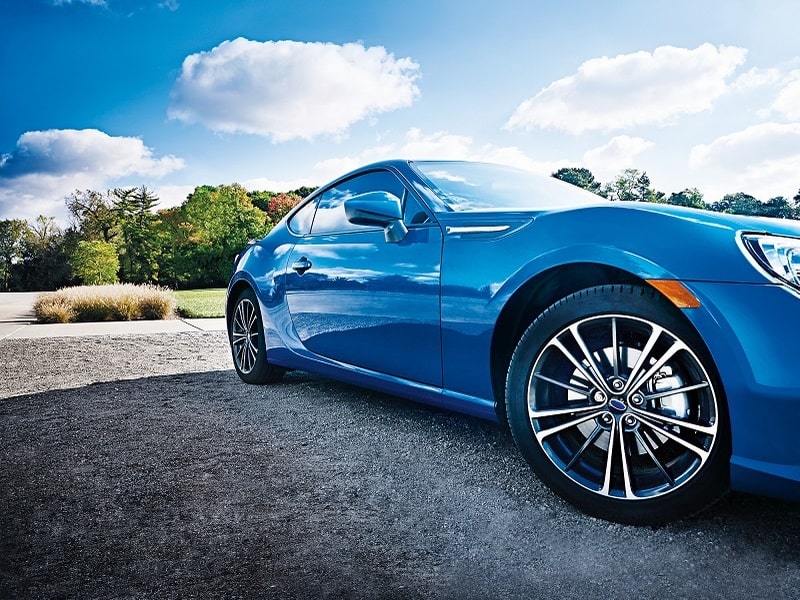
How to use your car lights properly
When the days are getting shorter, knowing how to use your car’s lights properly is crucial for proper driving. Making ourselves visible on the road is one of the fundamental aspects of road safety.
There are various situations in which we must make use of lights and there are others in which we must not, or at least not of a certain type.
KEYS FOR A CORRECT USE OF THE VEHICLE’S LIGHTING
When we drive on the road, especially in the moments of less light on the road, it is essential to make ourselves visible to other road users. However, this does not apply in any case, as there may be risks such as glare. Here is a brief guide to how to use your car’s lights properly.
Make sure the height of your lights is correct
What it should be and that causes two inconveniences:
- If the headlights are too low, they won’t give us proper visibility. This means that when driving on the road we do not have enough light to be able to drive and even anticipate possible obstacles.
- If they are too high, they will dazzle other road users. If they are too high, they will dazzle other road users, both those who are driving in the same direction on the road and those who are driving in the opposite direction on roads with both lanes.
Recognize correctly the use of the different types of lights
This may seem strange to you, but do you really know how many types of lights you have available in your vehicle and for what and when you should use each of them?
POSITION
They start automatically when the vehicle is started and are maintained for short, long and foggy periods. You should not drive only with them, and they should be maintained if you stop at night on the road, the shoulder or in conditions of reduced visibility.
SHORTS
Commonly known as a crossroads, they are common in urban environments and especially useful for drivers to see what is in front of them, so their use is mandatory at night. In addition, you should use them during the day when crossing tunnels or when the weather conditions are adverse. That is why this type of light is essential to keep them almost every day during the winter.

LONG
They are also known as “road” because it is on intercity roads that they should be used. Its use is limited: only when there is not enough visibility with the crossing ones. Special care must be taken with them as they can dazzle other drivers if they are not used responsibly.
DAYS
There is little talk about these types of headlights when it comes to how to use your car’s lights properly. Such lights are mandatory on all They have the special feature that they only emit headlight and switch on automatically when the car is started. Therefore, on days with low visibility, the dipped headlights must be switched on.
ANTI-FOG
The front ones are used in clear conditions of reduced visibility. Especially in the rain and especially in fog. They are located in the lower front part of the vehicle and help to distinguish the lines of the road edge. In addition, they can be used regardless of whether the crossing or road lines are activated. They must be distinguished from the rear ones, which are mandatory in the case of poor visibility.
GOING BACK
It switches on automatically every time the reverse gear is activated. It serves to warn both pedestrians and drivers of the maneuver to be performed.
BRAKE
It works in the same way as reverse gear, but lights up automatically when the brake is applied. In these cases, as well as being safety lights, it is necessary to check that both work correctly and are not fused.
INTERMITTANTS
Located on both sides of the steering wheel, their use is not mandatory, but they are very necessary and indispensable for the circulation. We have already indicated this as one of the keys to driving correctly. It serves to warn other drivers of your intention to turn and in many cases prevents accidents.
EMERGENCY
Also called warnings, pressing the triangle button on the control panel activates all four indicators at the same time. They serve to warn other drivers if the car is stopped (stopped on the road or shoulder) or in motion (warning others of danger).
Turn on the appropriate lights for each situation
Once you know that all the lights are working properly and have the height adjusted, you must implement them properly. This will depend on certain situations, as you can’t use the same lights for everything. Here are the keys to using your car’s lights properly.
IN BAD WEATHER
When the weather is not good, you have to become even more visible on the road. With rain, heavy fog, snowfall… not only should you use the long ones if you are on insufficiently lit roads, but also accompany them with fog. If it’s only rain and the road is well lit, then the crossroads will be enough. If you turn on the fog lights, remember that the rear lights dazzle those who are behind them. This is why the lights must be adapted according to the weather.
DEPENDING ON THE CHARACTERISTICS OF EACH ROAD
Not all roads are the same or offer the same visibility. Therefore, you must adapt your lights, not only to the climate, but also to the characteristics of each road. Dipped headlights should always be switched on at night, regardless of the roadway, just as they are when entering tunnels. In addition, the main beam should be switched on when there is inadequate visibility on interurban roads.
